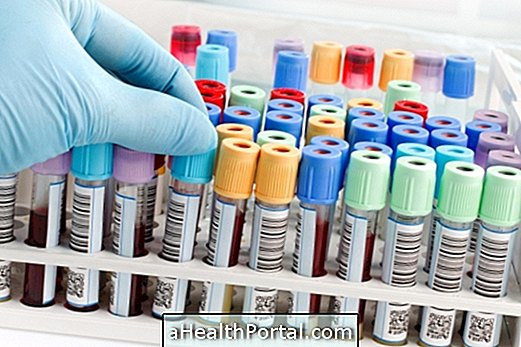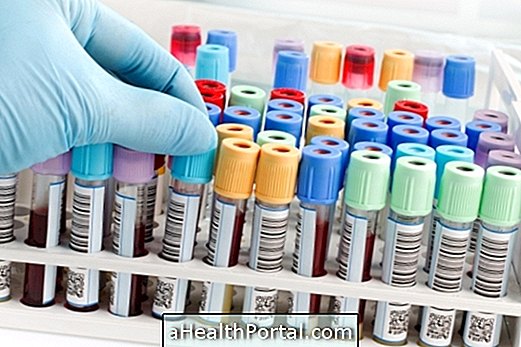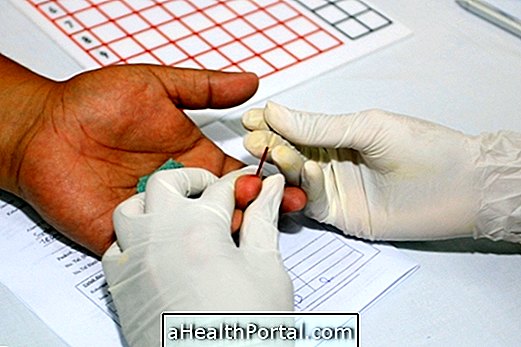Blood phosphorus testing is usually done along with the dosage of calcium, parathyroid hormone or vitamin D and is intended to aid in the diagnosis and to assist in the monitoring of diseases involving the kidneys or the gastrointestinal tract.
Phosphorus is a mineral that can be obtained through diet and helps in the process of formation of teeth and bones, in the workings of muscles and nerves and energy supply. Adequate levels of phosphorus in adult blood is between 2.5 and 4.5 mg / dL, values above or below should be investigated and the cause treated by the physician.

How is done
Examination of phosphorus in the blood is done by collecting a small amount of blood in an artery of the arm. The collection should be done with the person fasted for at least 4 hours. In addition, it is important to inform the use of medications, such as contraceptives, antibiotics such as isoniazid, or antihistamines, such as promethazine, for example, as they may interfere with the test result.
The collected blood is sent to the laboratory, where blood phosphorus will be dosed. Usually the doctor requests the examination of phosphorus in the blood along with the dosage of calcium, vitamin D and PTH, as they are factors that interfere in the concentration of phosphorus in the blood. Learn more about the PTH exam.
Blood phosphorus testing is usually recommended when there are altered levels of calcium in the blood, when there are suspected problems with the gastrointestinal or renal tract, or when the person has symptoms of hypocalcemia, such as cramps, sweating, weakness and tingling in the mouth, hands and feet. Understand hypocalcemia and what it can cause.
Reference values
The reference values of phosphorus in the blood vary according to the age with the laboratory in which the examination was carried out, being able to be:
| Age | Reference value |
| 0 - 28 days | 4.2 - 9.0 mg / dL |
| 28 days to 2 years | 3.8 - 6.2 mg / dL |
| 2 to 16 years | 3.5 - 5.9 mg / dL |
| From 16 years old | 2.5 - 4.5 mg / dL |
What is high phosphorus?
High phosphorus in the blood, also called hyperphosphatemia, may be due to:
- Hypoparathyroidism, since PTH is in low concentrations, blood calcium and phosphorus levels are not adequately regulated, since PTH is responsible for this regulation;
- Kidney failure, since the kidneys are responsible for eliminating excess phosphorus in the urine, thus getting accumulated in the blood;
- Use of supplements or medicines containing phosphate;
- Menopause .
The accumulation of phosphorus in the blood can lead to lesions of various organs by calcifications and thus, cardiovascular problems, for example.
What is low phosphorus?
Phosphorus in low concentrations in the blood, also called hypophosphatemia, can happen due to:
- Deficiency of vitamin D, since this vitamin helps the intestine and the kidneys to absorb the phosphorus;
- Malabsorption ;
- Low dietary phosphorus intake ;
- Hypothyroidism ;
- Hypokalemia, which is low concentration of potassium in the blood;
- Hypocalcemia, which is the low concentration of calcium in the blood.
Very low levels of phosphorus in the blood of children can interfere with bone growth, so it is important that the child has a balanced diet that involves the consumption of foods rich in phosphorus, such as sardines, pumpkin seeds and almonds, for example. See other foods rich in phosphorus.






















